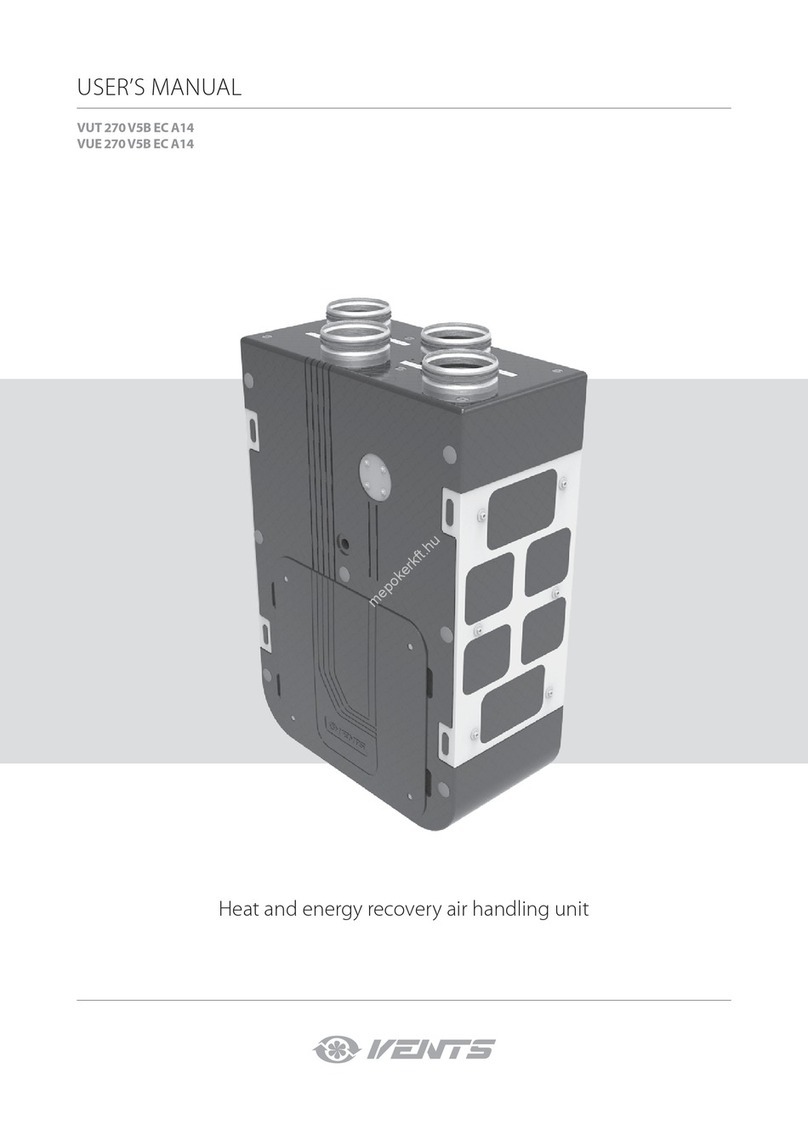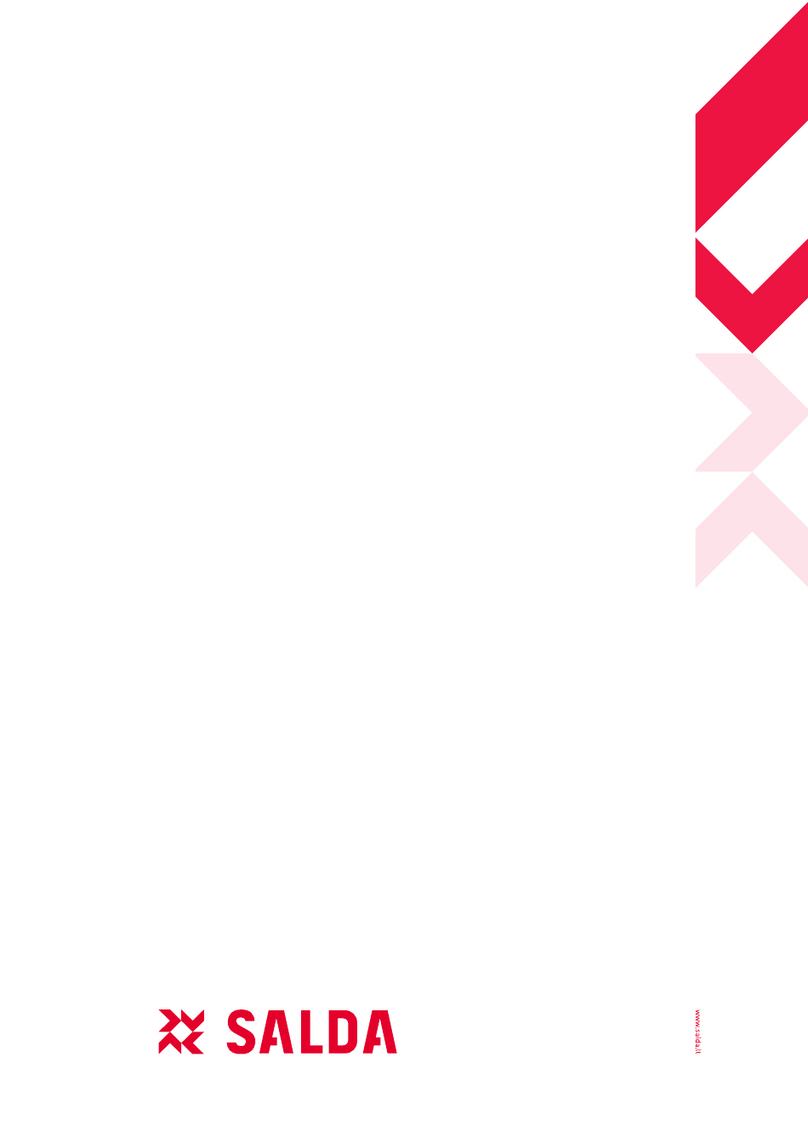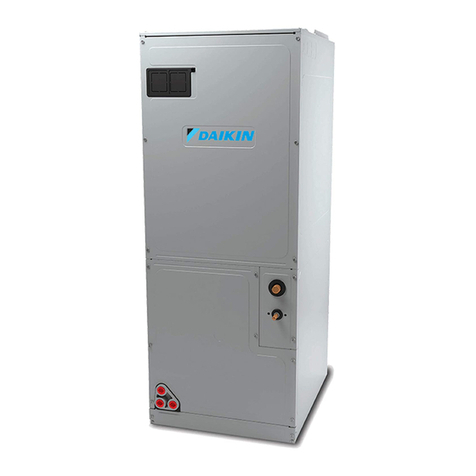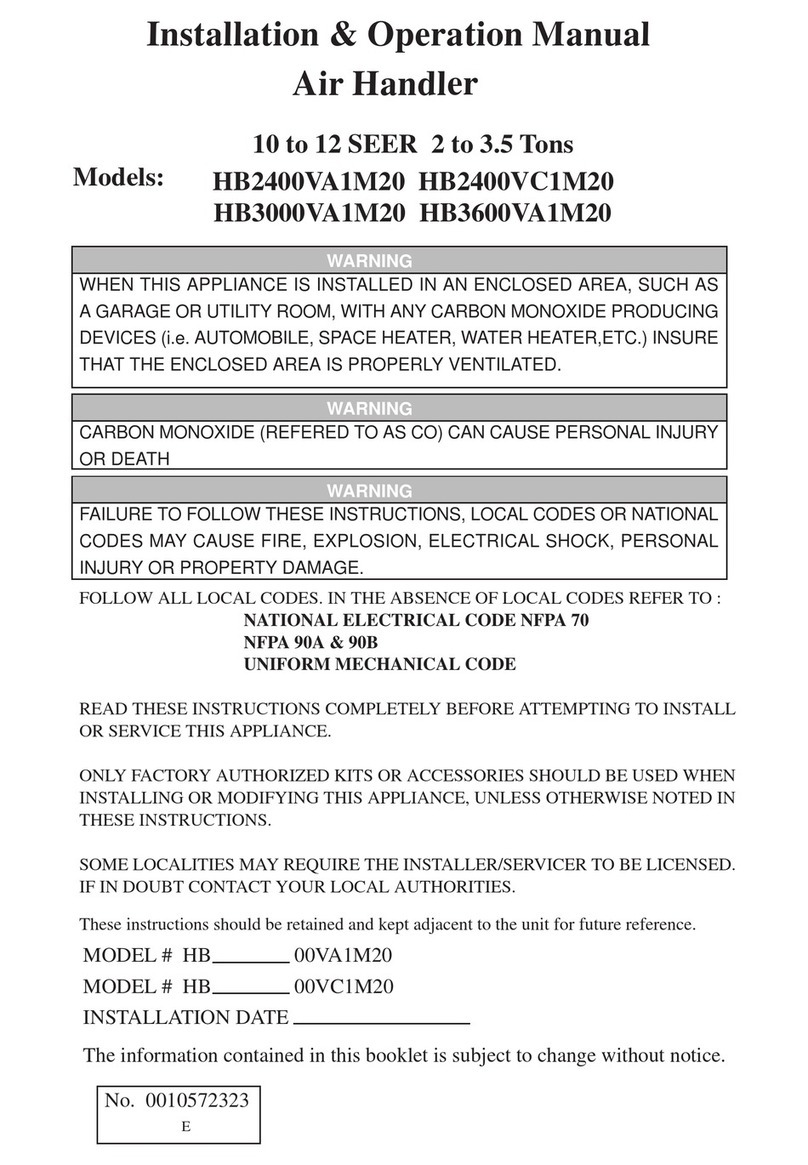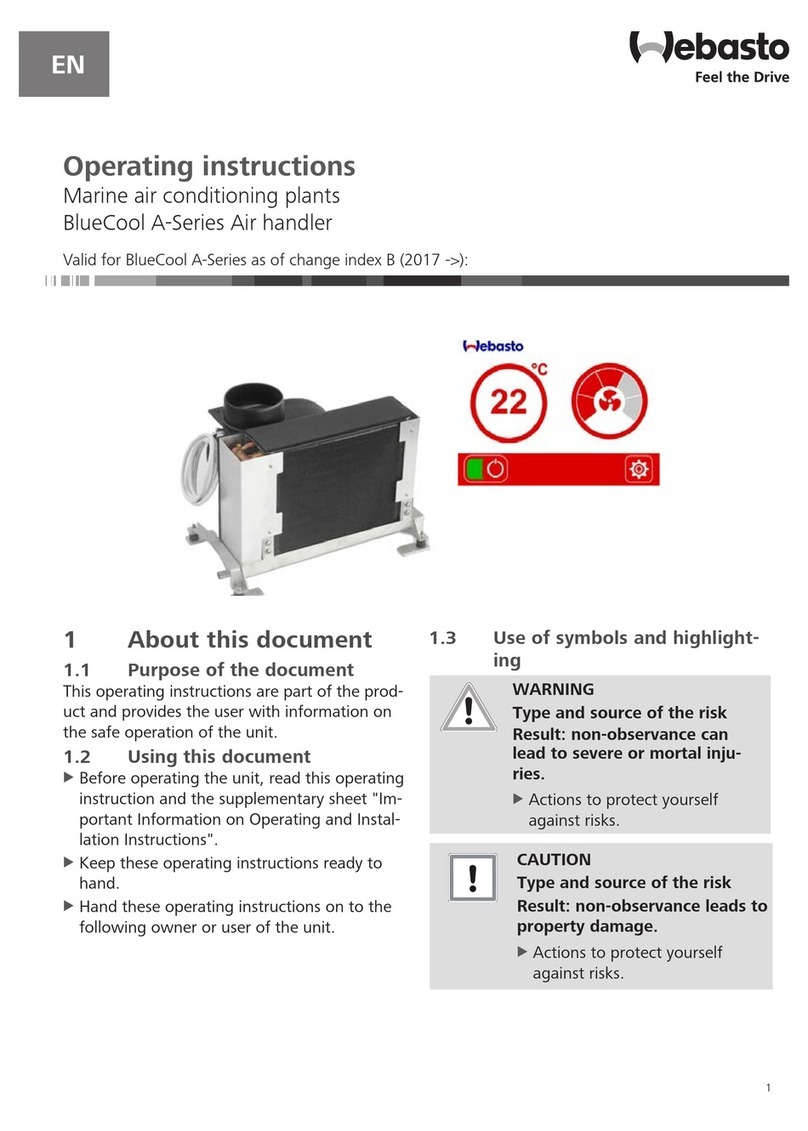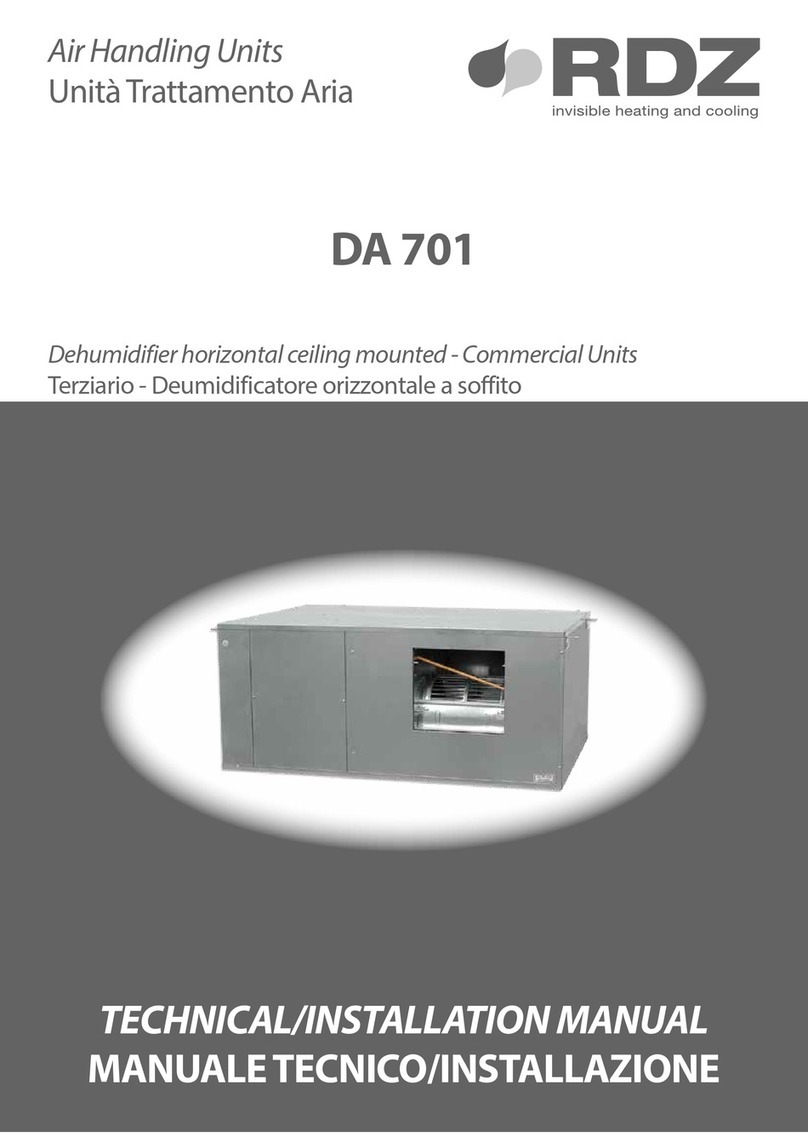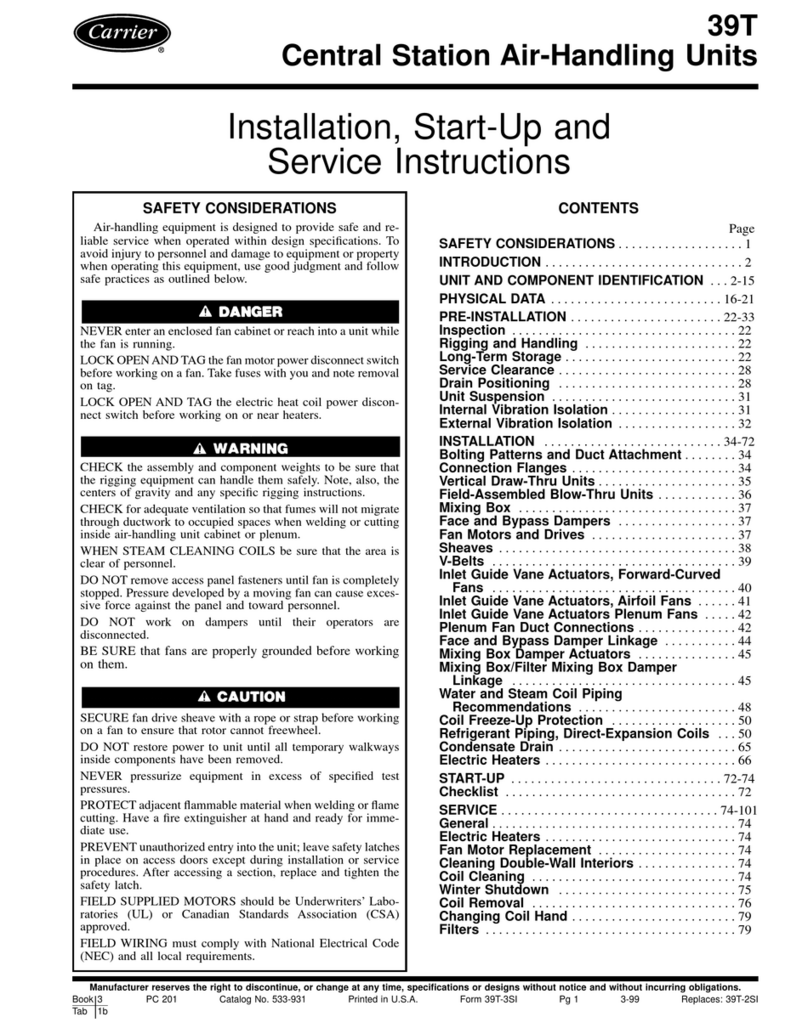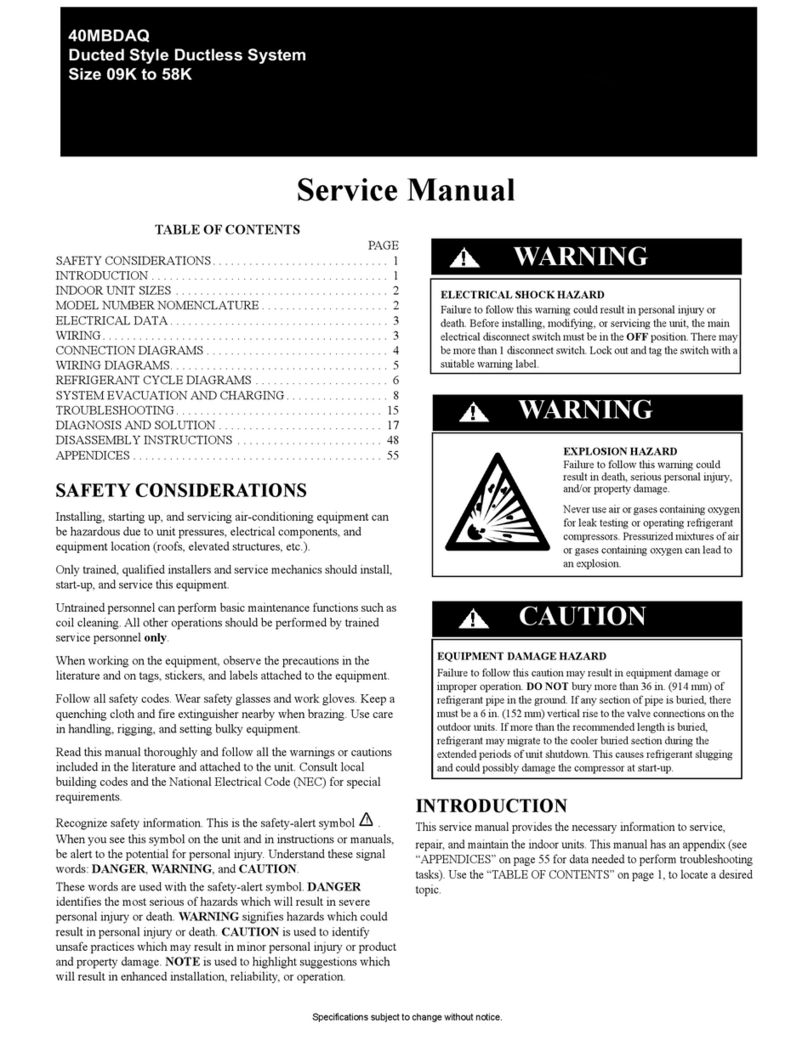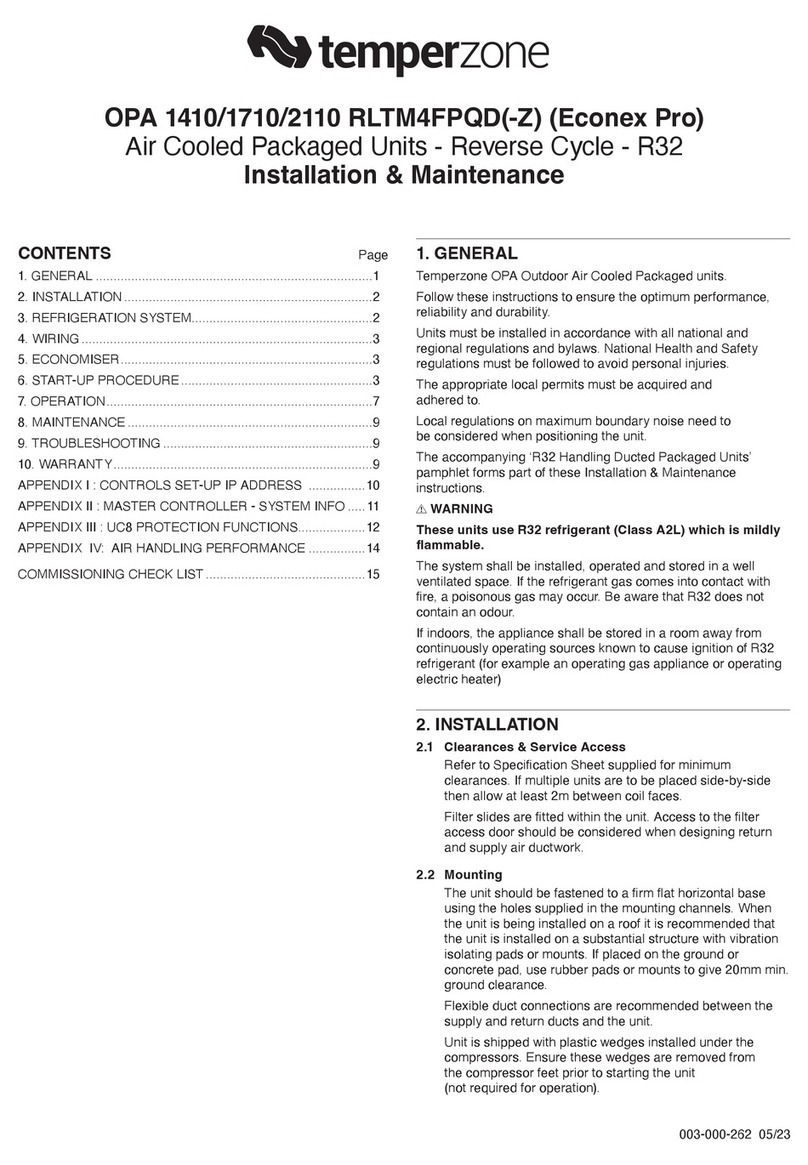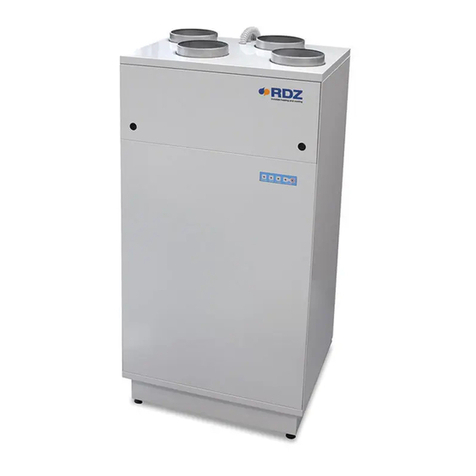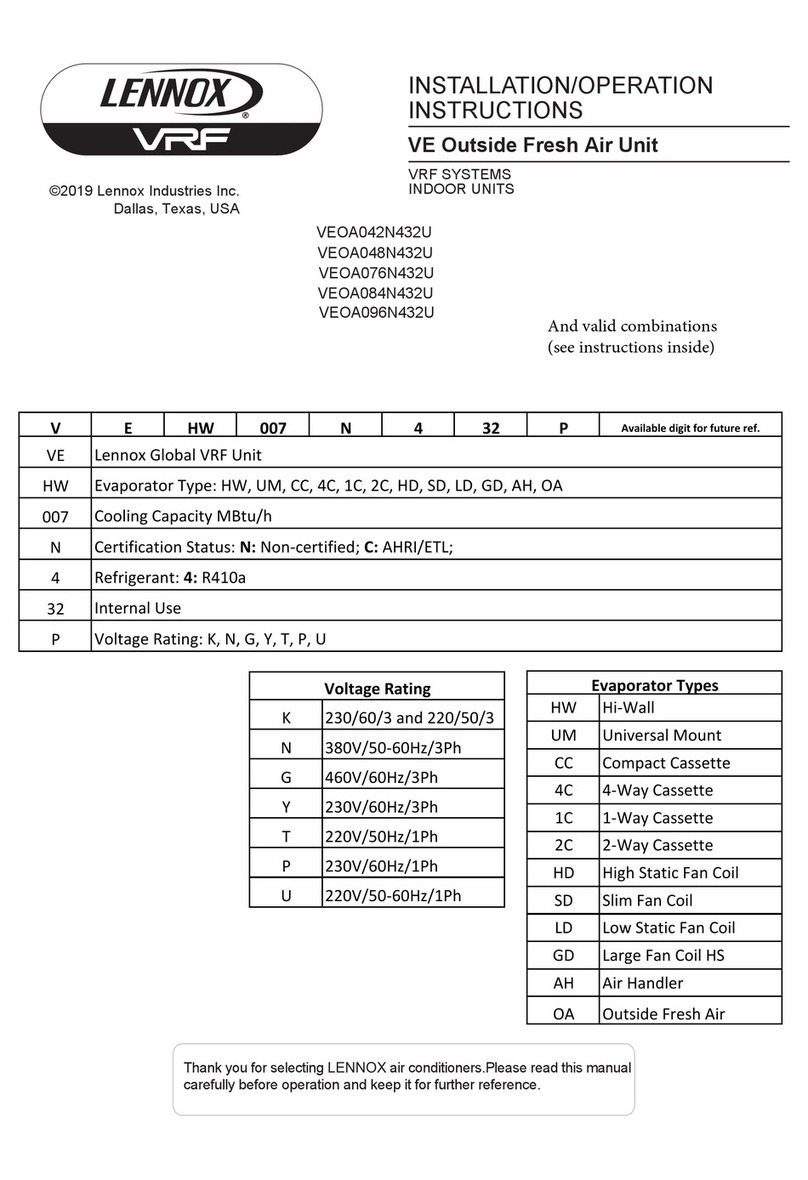
3
5-565.6
SPECIAL PRECAUTIONS
SPECIAL PRECAUTIONS
THE INSTALLATION AND MAINTENANCE INSTRUCTIONS
IN THIS MANUAL MUST BE FOLLOWED TO PROVIDE
SAFE, EFFICIENT, AND TROUBLE-FREE OPERATION. IN
ADDITION, PARTICULAR CARE MUST BE EXERCISED
REGARDING THE SPECIAL PRECAUTIONS LISTED BELOW.
FAILURE TO PROPERLY ADDRESS THESE CRITICAL
AREAS COULD RESULT IN PROPERTY DAMAGE OR LOSS,
PERSONAL INJURY, OR DEATH. THESE INSTRUCTIONS
ARE SUBJECT TO ANY MORE RESTRICTIVE LOCAL OR
NATIONAL CODES.
HAZARD INTENSITY LEVELS
1. DANGER: Indicates an imminently hazardous situation
which, if not avoided, WILL result in death or serious injury.
2. WARNING: Indicates a potentially hazardous situation
which, if not avoided, COULD result in death or serious
injury.
3. CAUTION: Indicates a potentially hazardous situation
which, if not avoided, MAY result in minor or moderate
injury.
4. IMPORTANT: Indicates a situation which, if not avoided,
MAY result in a potential safety concern.
PRÉCAUTIONS PARTICULIÈRES
LES INSTRUCTIONS D'INSTALLATION ET D'ENTRETIEN DE
CE MANUEL DOIVENT ÊTRE OBSERVÉES POUR ASSURER
UN FONCTIONNEMENT SÉCURITAIRE, EFFICACE ET
FIABLE. DE PLUS, LES PRÉCAUTIONS PARTICULIÈRES CI-
APRÈS DOIVENT ÊTRE RIGOUREUSEMENT RESPECTÉES.
SINON, IL Y AURAIT RISQUE DE DÉGÂTS MATÉRIELS
OU DE PERTE, DE BLESSURE PERSONNELLE OU DE
MORT D'HOMME. CES INSTRUCTIONS SONT SUJETTES
À TOUTE DISPOSITION PLUS RESTRICTIVE DES CODES
PROVINCIAL OU NATIONAL.
HIÉRARCHIE DES NIVEAUX DE RISQUES
1. DANGER : Indique un danger imminent qui, s'il n'est pas
évité, entraînera INÉVITABLEMENT des blessures graves,
voire mortelles.
2. AVERTISSEMENT : Indique un danger potentiel qui, s'il
n'est pas évité, RISQUE d'entraîner des blessures graves,
voire mortelles.
3. ATTENTION : Indique un danger potentiel qui, s'il n'est
pas évité, PEUT entraîner des blessures mineures ou
modérées.
4. IMPORTANT : Indique une situation qui, si elle se
matérialise, PEUT entraîner des risques pour la sécurité
des personnes.
DANGER
Appliances must not be installed where they may be exposed to
potentially explosive or ammable atmosphere.
DANGER
Les appareils ne doivent pas être installés à un endroit où ils
risquent d’être exposés à une atmosphère potentiellement
explosive ou inammable.
WARNING
1. To prevent premature heat exchanger failure, do not locate
ANY gas-red appliances in areas where corrosive vapors
(i.e. chlorinated, halogenated or acid) are present in the
atmosphere.
2. Failure to follow proper lifting instructions and applicable
safety procedures could result in property damage, serious
injury, or death. Lifting should only be done by a qualied
rigging company. Use ALL lifting points. Test lift to ensure
proper balance and rigging.
3. Gas red heating equipment must be vented - do not
operate unvented.
4. Units have a built-in power exhauster - additional external
power exhausters are not required or permitted.
5. If you are replacing an existing heater, it may be necessary
to resize the venting systems. Improperly sized venting
systems can result in vent gas leakage or the formation of
condensate. Refer to the National Fuel Gas Code ANSI
Z223.1 or CSA B149.1 latest edition. Failure to follow these
instructions can result in injury or death.
6. Under no circumstances should two sections of double
wall vent pipe be joined together within one horizontal vent
system due to the inability to verify complete seal of inner
pipes.
7. All eld gas piping must be pressure/leak tested prior to
operation. Never use an open ame. Use a soap solution
or equivalent for testing.
8. Gas pressure to appliance controls must never exceed 3.4
kPa (14" W.C. or 1/2 psi).
9. To reduce the opportunity for condensation, the minimum
sea level input to the appliance, as indicated on the serial
plate, must not be less than 5% below the rated input, or
5% below the minimum rated input of dual rated units.
10. Disconnect power supply before making wiring connections
or working on this equipment. Follow all applicable safety
procedures to prevent accidental power up. Failure to do
so can result in injury or death from electrical shock or
moving parts and may cause equipment damage.
11. All appliances must be wired strictly in accordance with
wiring diagram furnished with the appliance. Any wiring
dierent from the wiring diagram could result in a hazard to
persons and property.
12. Ensure that the supply voltage to the appliance, as
indicated on the serial plate, is not 5% greater than the
rated voltage.
13. Any original factory wiring that requires replacement must
be replaced with wiring material having a temperature
rating of at least 105°C.
14. When servicing or repairing this equipment, use only
factory-approved service replacement parts. A complete
replacement parts list may be obtained by contacting Modine
Manufacturing Company. Refer to the rating plate on the
appliance for complete appliance model number, serial
number, and company address. Any substitution of parts or
controls not approved by the factory will be at the owners risk.
